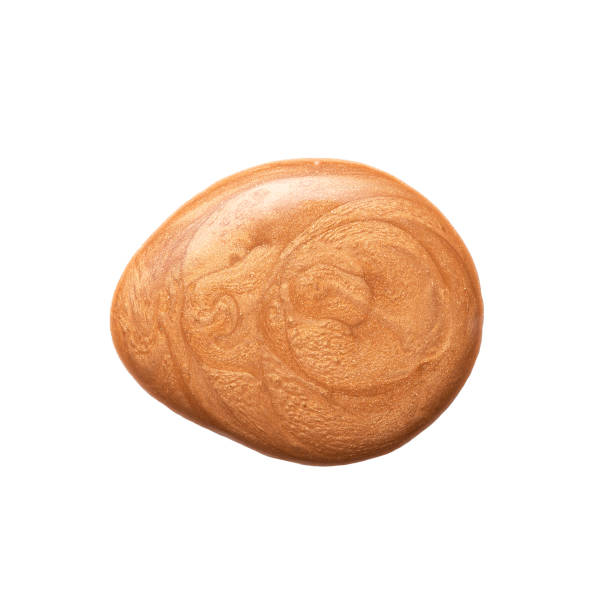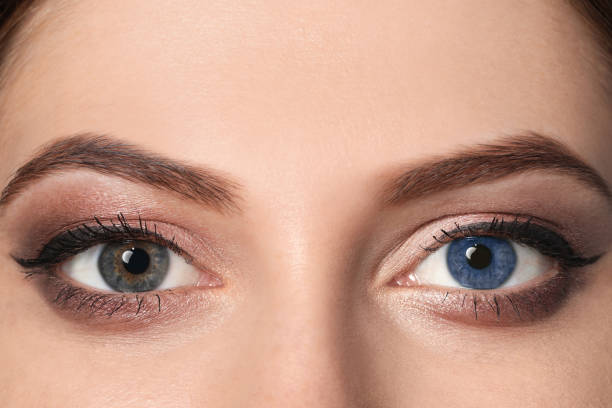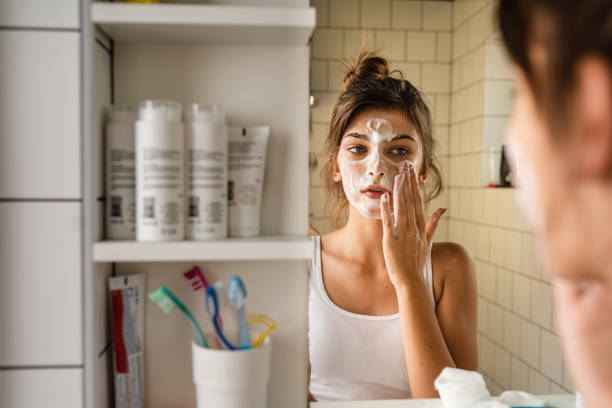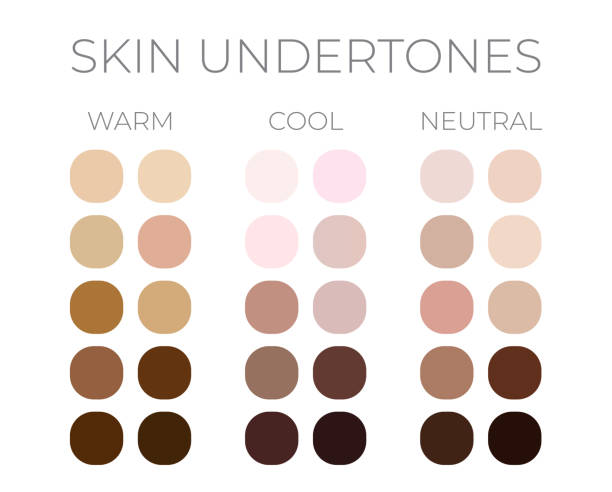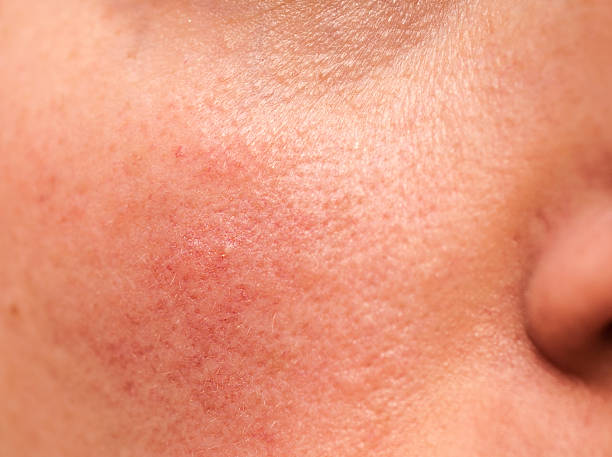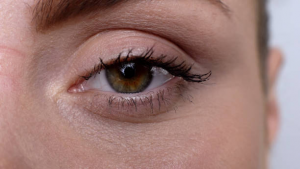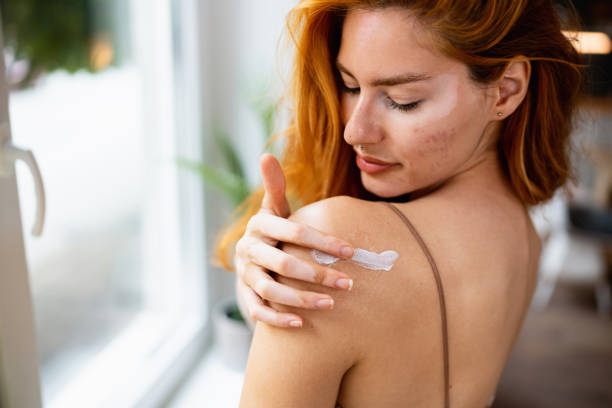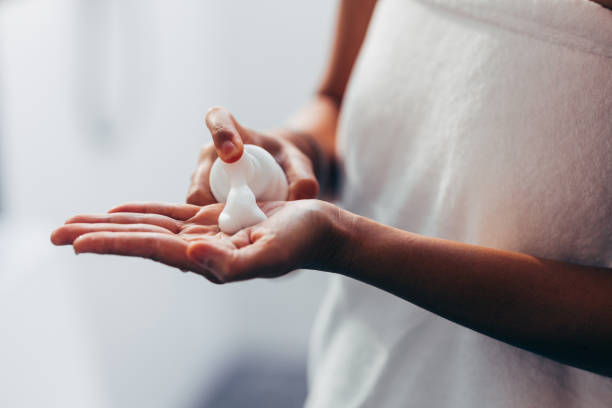Dealing with dry skin on your legs can be both uncomfortable and frustrating, but the good news is that soft, supple skin can be yours with the right overnight strategies. Intensive moisturization, careful exfoliation, and several other tips and tricks can significantly improve your skin’s hydration level by morning. This article will guide you through the causes of dry skin and the most effective overnight remedies, helping you wake up to healthier, smoother legs.
Understanding the Causes of Dry Skin on Legs
Environmental Factors
Dry skin on your legs, like the rest of your body, can often be attributed to environmental factors. Low humidity levels, especially during winter months or in air-conditioned spaces, can strip moisture from the skin. Also, prolonged exposure to the sun can dehydrate the skin, leaving it dry and flaky. To combat these elements, consider implementing a humidifier in your home and always apply sunscreen before stepping outdoors. Keeping the skin protected from harsh environmental conditions is a vital step in retaining its moisture.
Lifestyle Choices Affecting Skin Hydration
Your daily habits play a significant role in the health of your skin. Hot showers, though soothing, can exacerbate skin dryness by removing natural oils. Using harsh soap or detergent-based cleansers can also strip the skin of moisture. Opt for gentle, hydrating products instead. Additionally, diets low in essential fatty acids or vitamins can impact your skin’s ability to retain moisture. Making small changes in your lifestyle can lead to big improvements in skin hydration.
Medical Conditions Linked to Dry Skin
Occasionally, persistently dry skin could point to underlying medical conditions, such as eczema, psoriasis, or thyroid disorders. If you have severe or chronic dry skin, consider consulting a healthcare provider to rule out such issues.

Preparing Your Skin for Intensive Overnight Hydration
The Importance of Exfoliation
Before introducing moisture to your skin, it’s crucial to remove dead cells through exfoliation. This process allows moisturizers to penetrate more effectively. Once or twice a week, gently exfoliate your legs using a loofah, brush, or a scrub with natural exfoliants like sugar or salt. Remember to exfoliate gently to avoid irritating the skin, which could further dry it out.
Cleansing Routine Before Moisturizing
Proper cleansing sets the stage for effective hydration. Always clean your skin to clear away the day’s buildup of oils and pollutants, which can create a barrier to moisturizers. Use a hydrating cleanser with ingredients like hyaluronic acid that help bind moisture to the skin.
Overnight Treatments for Dry Skin on Legs
Heavy-Duty Moisturizers and Creams
Once your skin is exfoliated and clean, it’s time to lock in hydration using a heavy-duty moisturizer or cream. Look for products containing:
- Emollients like shea butter or cocoa butter to soften skin
- Occlusives like petroleum jelly, which form a protective layer and prevent water loss
Applying these products generously to the legs and covering with a lightweight, breathable fabric can help retain moisture throughout the night.
Natural Oils and Their Benefits
Natural oils can serve as excellent overnight treatments for dry skin on the legs. Oils such as coconut oil, olive oil, and almond oil are deeply nourishing, helping to restore the skin’s natural barrier. They’re best applied to slightly damp skin for maximum absorption. Here’s how they can benefit your skin:
- Coconut Oil: Its saturated fats help retain moisture and fortify skin cells.
- Olive Oil: Rich in antioxidants, it protects and conditions the skin.
- Almond Oil: High in vitamin E, it supports skin health and wards off dryness.
Homemade Hydrating Masks and Wraps
Creating your own hydrating masks and wraps can bring a spa-like experience to your overnight skin routine. Simple yet powerful ingredients can be found within your kitchen. Here’s a table listing some common ingredients and their benefits for dry skin:
| Ingredient | Benefits for Skin |
|---|---|
| Honey | Antibacterial, rich in antioxidants, and naturally moisturizing |
| Yogurt | Contains lactic acid for gentle exfoliation and is hydrating |
| Aloe Vera | Soothing, anti-inflammatory properties, and deeply hydrating |
| Avocado | Packed with essential fatty acids for moisture and vitamins B and E for skin health |
| Oatmeal | Anti-inflammatory and moisturizing, ideal for sensitive or irritated skin |
To use, blend your chosen ingredients into a paste, apply liberally to the legs, and, if desired, wrap the area with cling film for enhanced penetration. Leave the mask on for 15-30 minutes before washing off with warm water. Remember to always patch test homemade remedies to avoid any allergic reactions.
Specialized Products with Hyaluronic Acid and Glycerin
In addition to natural remedies, there are specialized products designed for intense hydration, especially formulated with hyaluronic acid and glycerin. Hyaluronic acid, a powerful humectant, can hold up to 1000 times its weight in water, effectively drawing moisture into the skin and keeping it there. Glycerin also works by attracting water from deeper skin layers and the air into your skin. These ingredients, often found in serums or overnight masks, create a reservoir of moisture that ensures your skin remains hydrated throughout the night. To use, apply a thin layer of your chosen product after your oils or moisturizers for an extra hydration boost.

Lifestyle Adjustments to Prevent and Treat Dry Skin
Dietary Changes for Better Skin Hydration
What you eat significantly impacts your skin’s condition. Including foods high in omega-3 fatty acids such as salmon, flaxseeds, and walnuts can bolster skin health. These nutrients help maintain the skin’s lipid barrier, which is essential for retaining moisture. Additionally, fruits and vegetables high in antioxidants can protect the skin from damage and aid in repair processes. Keep in mind that a balanced diet leads to overall better health, which reflects on your skin.
The Significance of Hydration and Water Intake
Drinking enough water is crucial for overall health and, inherently, skin hydration. Aim for at least 8 glasses of water a day, and even more if you’re active or live in a dry climate. Proper hydration can help flush out toxins and ensure your skin cells are replenished with essential moisture from the inside out.
Adjusting Shower Habits
It’s not just about how often you shower, but how you shower that can affect your skin’s moisture levels. Follow these guidelines:
- Limit showers to 5-10 minutes.
- Use lukewarm water instead of hot.
- Pat your skin dry with a towel instead of rubbing.
Implementing these steps can help protect your skin’s natural oils, and remember to apply moisturizer immediately after showering to lock in moisture.
Additional Tips and Tricks for Maintaining Soft, Supple Legs
The Role of Humidifiers
Using a humidifier, especially during dry months or in arid climates, can help add necessary moisture to the air, which in turn keeps your skin from drying out. Using one in the room where you sleep can have incredible benefits for your skin overnight, allowing you to wake up with more hydrated legs.
Protective Clothing and Fabrics
Your choice of clothing can influence your skin’s health. Wear breathable, natural fabrics like cotton to allow your skin to receive the air it needs. Also, protective clothing can guard against weather conditions that sap moisture from the skin, like cold winds or strong sun.
Regular Moisturizing Routines
Establishing a daily moisturizing routine is essential for keeping your skin healthy. When applying moisturizers, massage them into your skin in circular motions, which can help promote blood flow and increase the skin’s absorption rate. Consistency is key; regular moisturization can make a significant difference in skin’s texture and comfort over time.

Conclusion
Overnight skin care for dry legs requires a holistic approach that ranges from understanding the root causes to implementing both immediate remedies and long-term lifestyle changes. By exfoliating, deeply moisturizing, adjusting your diet, hydrating adequately, and making thoughtful choices about your daily habits and environment, you can significantly improve the condition of your skin. It’s essential to remember that consistency and dedication to these practices will yield the best results. With these strategies, you can enjoy soft, hydrated legs no matter the season or climate.
FAQs about Treating Dry Skin on Legs
Q1: How often should I exfoliate my dry legs?
A1: Aim to gently exfoliate your legs 1-2 times a week to remove dead skin cells and enhance moisturizer absorption, but be careful not to over-exfoliate as it can irritate the skin.
Q2: Can drinking water really improve my skin’s dryness?
A2: Yes, staying well-hydrated is crucial for maintaining skin moisture and overall health. Aim for at least 8 glasses a day and adjust according to your activity level and environment.
Q3: What are the best natural oils for dry skin on legs?
A3: Coconut oil, olive oil, and almond oil are among the best natural oils for treating dry skin due to their nourishing properties and high vitamin contents.
Q4: Should I apply heavy creams or oils first?
A4: It is recommended to apply any treatment oils first to slightly damp skin for better absorption, and then follow up with heavy creams to lock in the moisture.
Q5: Is it really necessary to wear sunscreen on my legs during winter?
A5: Yes, UV rays can still harm your skin and contribute to dryness during winter months, so it is important to protect your skin year-round with sunscreen.

